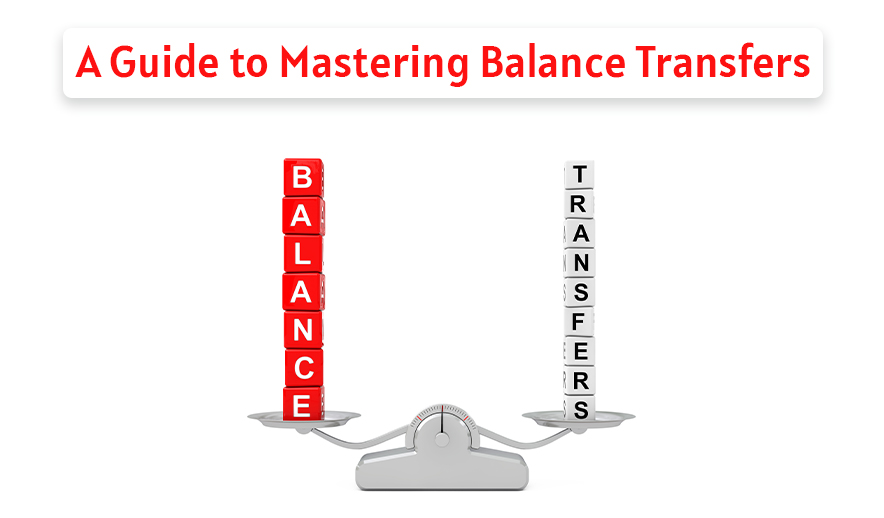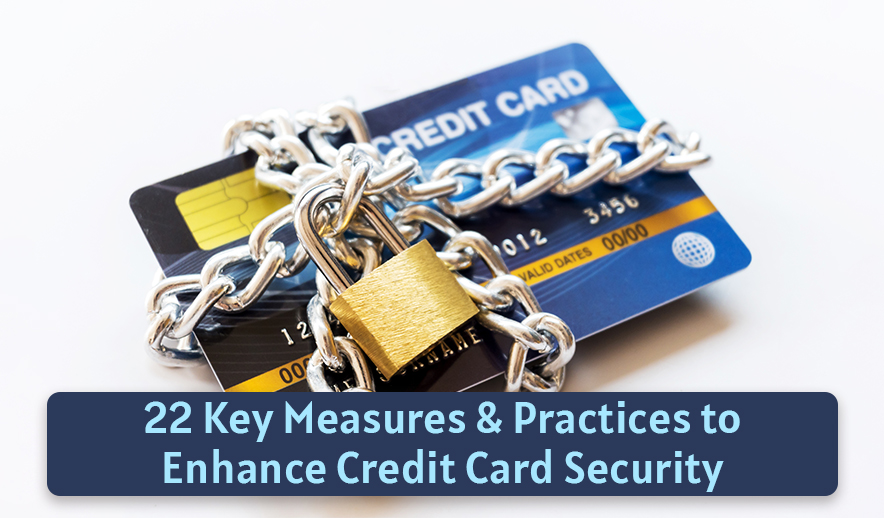Wealth management accounts in UAE banks offer a host of advantages tailored to high-net-worth individuals and families. These specialized accounts are designed to optimize financial assets, maximize returns, and provide personalized services. Here are the key advantages of wealth management accounts in UAE banks:
- Personalized Financial Planning:
Wealth management accounts come with dedicated relationship managers and financial advisors who work closely with clients to understand their financial goals, risk tolerance, and investment preferences. They create personalized financial plans and strategies to help clients achieve their objectives.
- Tailored Investment Solutions:
Wealth management accounts offer access to a wide range of investment opportunities, including stocks, bonds, mutual funds, real estate, and alternative investments. The investment strategies are customized to match the client’s risk profile and financial goals, ensuring a diversified and optimized portfolio.
- Exclusive Access to Investment Products:
Wealth management clients often get access to exclusive and unique investment products that are not readily available to the general public. These products can include private equity investments, hedge funds, and structured financial products, providing clients with diverse investment options.
- Tax Efficiency and Estate Planning:
Wealth managers assist clients in tax optimization strategies, helping them minimize tax liabilities legally. Additionally, they provide estate planning services, helping clients preserve and transfer wealth to future generations efficiently.
- Risk Management:
Wealth management accounts focus on managing risks effectively. Wealth managers continuously monitor the market, assess investment risks, and adjust the portfolio as needed to mitigate potential losses and maximize returns.
- Access to Global Markets:
Wealth management clients often have access to global markets, allowing them to diversify their investments internationally. This global perspective helps spread risks and capitalize on opportunities in different regions and sectors.
- Convenience and Priority Banking Services:
Wealth management clients enjoy personalized and priority banking services, including faster transactions, dedicated customer support, and exclusive banking privileges. They also have access to premium banking lounges and other amenities in the bank branches.
- Comprehensive Financial Reporting:
Wealth management accounts provide clients with detailed and comprehensive financial reporting. Clients can track their investments’ performance, review transaction histories, and receive regular updates and insights from their relationship managers.
- Educational Resources and Seminars:
Wealth management accounts often offer access to educational resources, financial seminars, and expert-led workshops. These resources empower clients with knowledge, enabling them to make informed financial decisions.
- Legacy Planning and Philanthropy:
Wealth managers assist clients in legacy planning, helping them create a lasting impact through charitable giving and philanthropic initiatives. They provide guidance on setting up charitable trusts, foundations, and endowments, ensuring clients’ contributions align with their values and objectives.
In summary, wealth management accounts in UAE banks offer high-net-worth individuals a holistic approach to managing their finances, providing expert guidance, exclusive access to investment opportunities, and personalized services. These accounts empower clients to optimize their wealth, plan for the future, and achieve their financial aspirations while enjoying the convenience and privileges of priority banking.
The UAE offers a wide array of choices for affluent customers seeking premium or priority accounts. Many of these accounts come with enticing joining offers, reflecting the competitive nature of the market. Below, you can explore some of the popular products available.
Comparing wealth management accounts in the UAE involves evaluating various factors, including the services offered, fees, investment options, customer support, and additional benefits. It’s important for investors to carefully assess their financial goals and preferences before selecting a wealth management account. Here’s a comparative overview of wealth management accounts in the UAE, focusing on some of the key aspects:
| Bank | Account | Minimum Balance |
| Citibank | Citigold and Citi Private Client Account | Minimum funding requirement – USD 200,000 within 90 days of opening the account for Citigold and USD 10,00,000 for a Citigold Private Client Account. |
| HSBC | Premier Bank Account | A) Maintaining a minimum monthly balance of AED 350,000 (or equivalent in any other currency) in deposits and/or investments or
B) Monthly net salary transfer of AED 40,000 or above or C) Mortgage drawdown of AED 3,000,000 or above for the first 24 months after which point (a) or (b) applies. |
| FAB | FAB Elite Priority | A monthly salary transfer of AED 50,000 or more
Total deposits and investments of AED 500,000 A mortgage loan balance of AED 2,500,000 or more |
| ENBD | Priority Banking | By depositing or investing an amount of AED 500,000 or more
By transferring your salary of AED 50,000 or more to Emirates NBD By availing a home loan of AED 3 million or more |
| Rakbank | Elite | Minimum salary requirement is AED 50,000. |
| ADCB | Privilege Club | A net salary transfer of AED 20,000 per month OR
A total relationship balance* of AED 200,000 OR A Mortgage relationship of AED 1,000,000 |










